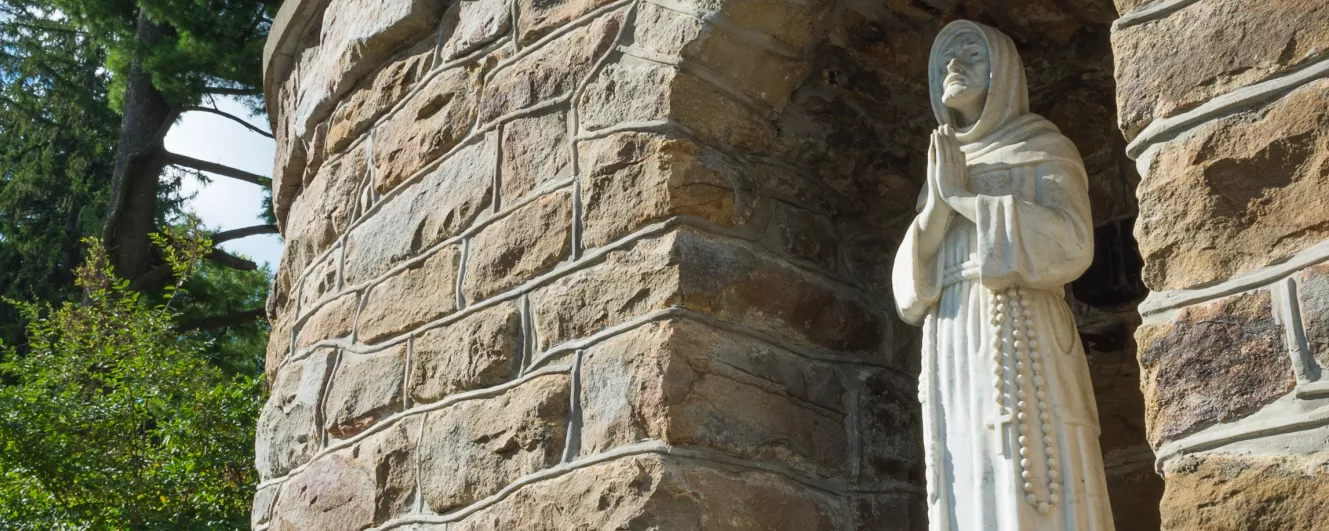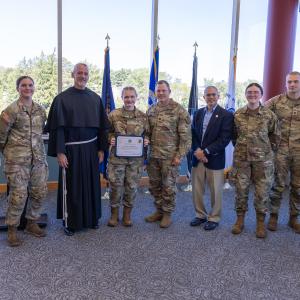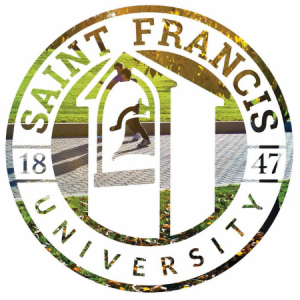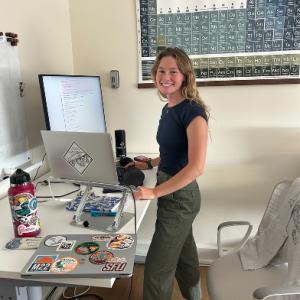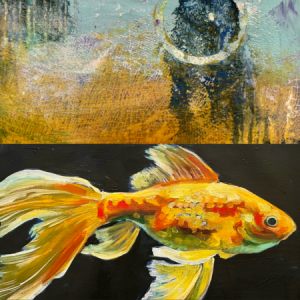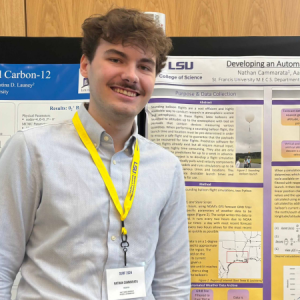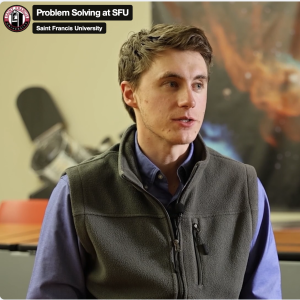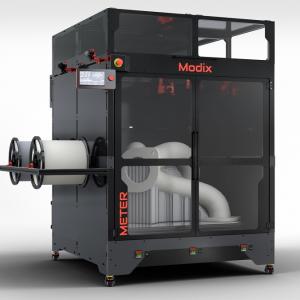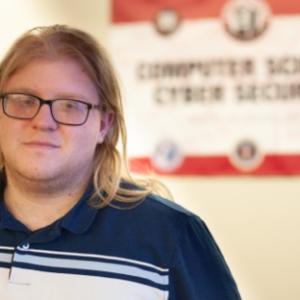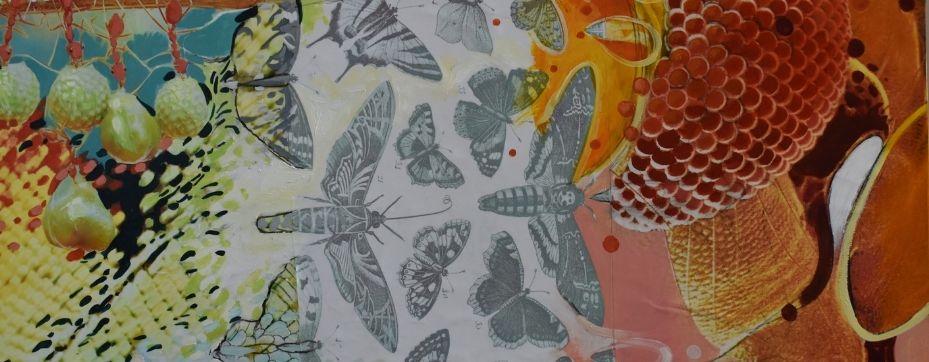
School of STEAM
Science, Technology, Engineering, Arts, & Mathematics
Why embrace STEAM at SFU?
Wherever your interests lie, we believe in helping every student develop a mind for exploration.
Graduates of Saint Francis University's School of STEAM address challenges and seize opportunities. They are compassionate, responsible, motivated, and confident citizens who:
- Think critically and creatively
- Respect life
- Cherish continued learning
- Promote moral, spiritual, and social development
- Practice appropriate personal and professional ethical behavior
- Communicate clearly in writing and speaking
- Work effectively in teams
- Leverage technology responsibly
- Recognize their responsibilities to family, community, country, and world
STEAM at Saint Francis University
Toward an Integral Knowledge of Reality
At the School of Science, Technology, Engineering, Arts & Mathematics (STEAM) at Saint Francis University, we believe true understanding comes from interdisciplinary learning. As Pope Francis writes in Fratelli Tutti, “Researchers who are expert in their own field, yet also familiar with the findings of other sciences and discipline. . . become open to a more comprehensive and integral knowledge of reality.” Our students gain this broad perspective through small classes, hands-on research, internships, service projects, and real-world problem-solving. Through mentorship, leadership opportunities, and community engagement, they develop into compassionate, ethical, and innovative servant leaders prepared to make a meaningful impact on the world.
Step into Your Future with Confidence
Our integrative approach equips graduates with a strong foundation, guided by world-class faculty who are engaged, up to date, and dedicated to shaping future leaders. With a broad perspective that encompasses aesthetics, culture, the environment, history, mathematics, ethics, faith, politics, science, and technology, our students leave prepared to navigate complex challenges and make a meaningful impact.
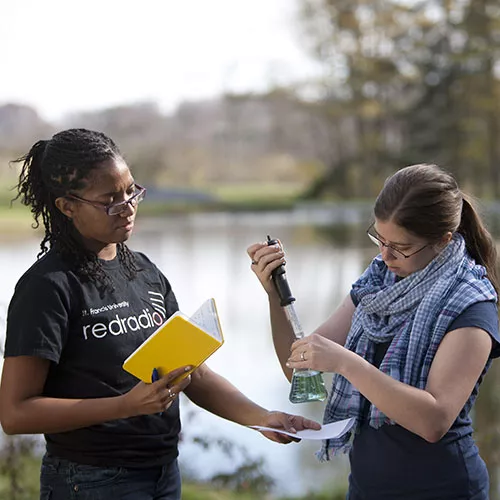
Our Guiding Principles:
The School of STEAM:
- Cultivates a deep love of life and learning through real-world experiences, grounded in the conviction that a meaningful life is one of service and adding value to the world.
- Affirms that a quality education is inherently interdisciplinary, fostering a profound understanding of the interconnected nature of reality.
- Prepares principled individuals to lead with integrity in their professions, communities, and personal lives.
Majors, Minors, and Concentrations offered in STEAM
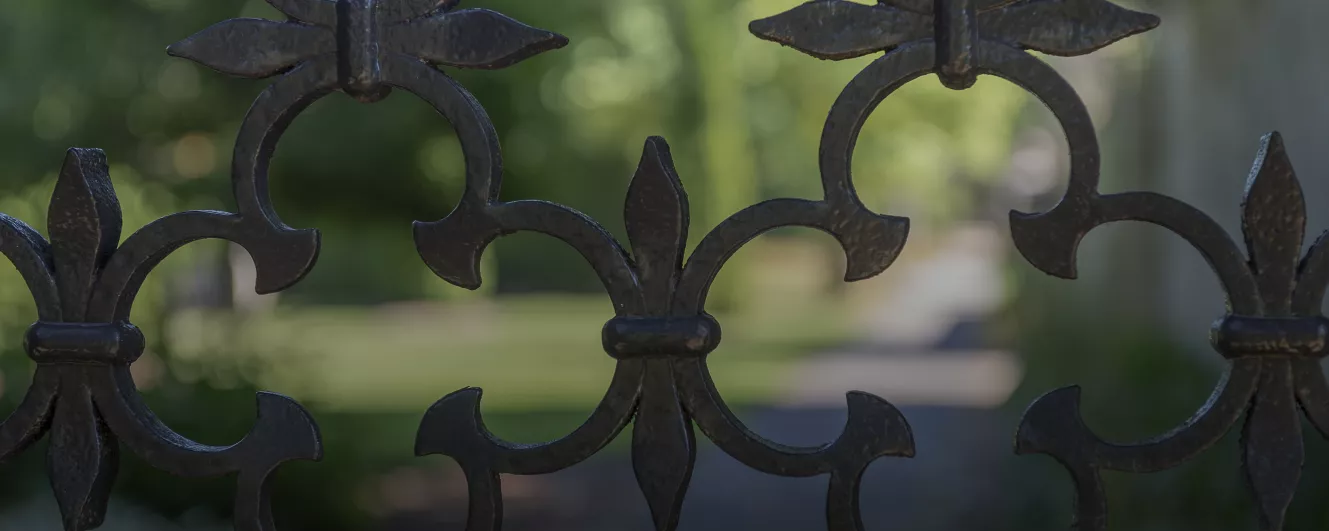
A personalized approach to learning and leading
Our faculty members have been highly successful in receiving external funding for the enhancement of undergraduate STEAM education, both in the classroom and in the laboratory.
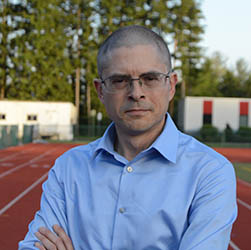
Dr. Art Remillard
Dean, School of STEAM
Email: aremillard@francis.edu
P: 814.472.3339
STUDENT OPPORTUNITIES
Opportunities for growth. Support for your passion.

Our School of STEAM gives students the opportunity to conduct research as early as soon as their freshman year. Our students practice their new skills through outreach activities such as Science Day, Multicultural Week, Darwin Day, Rural Outreach Chemistry for Kids (R.O.C.K.), PA Statistics Poster Competition, Pi Day, and many more. Many students also take part in study abroad programs and immersive learning experiences.
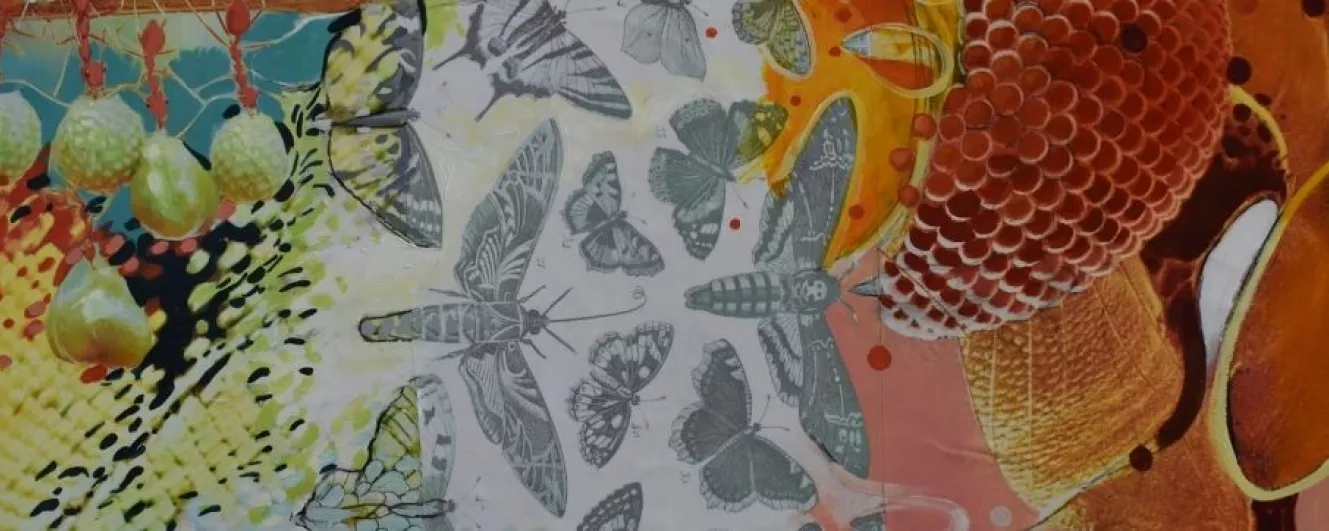
STEAM by the Numbers
| 407,120 | dollars in external grants secured for the 2020-2021 academic year by STEAM faculty and staff |
| 5,627 | friends in the community engaged in 193 STEAM activities during the 2020-2021 academic year |
| 353 | students enrolled in STEAM programs during the Fall 2021 semester |
| 54 | faculty in STEAM to challenge, support, and mentor students |
| 21 | students completed STEAM undergraduate research in the summer of 2021, while being paid minimum wage, with free housing and meal plan funded by the university and school |
| 17 | students on average in each STEAM class, to ensure students are engaged and involved, able to ask and answer questions |
| 7 | students for each faculty member (student to faculty ratio), ensuring students get individual attention |
| ? | THE GROUP SIZE YOU WILL BE TREATED LIKE FOR MENTORING AND SUCCESS? |
1
